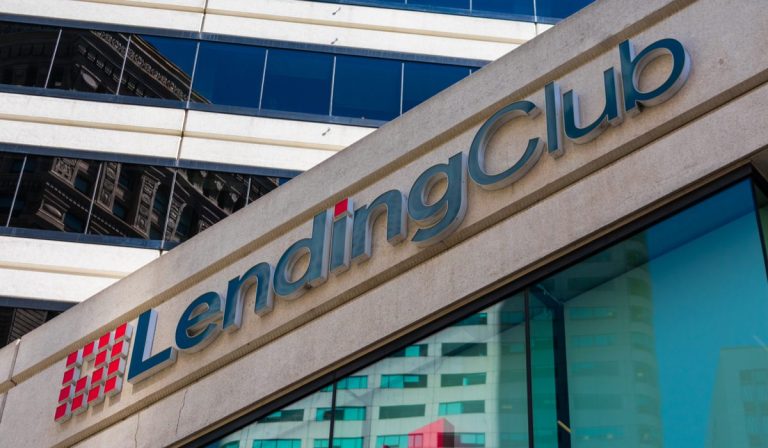
There are some trends within payments and within financial services at large, that are undeniably global in scope.
Tapping cards to pay at the register. Card-not-present transactions, of course. Working from home … and getting pretty much everything delivered to the doorstep.
Add to that list: FinTechs becoming banks. Quickly, the old-fashioned way – by buying them.
We note that it’s becoming a global phenomena, where digital-only upstarts are finding some brick-and-mortar footing, tapping into traditional players’ customer and asset bases.
Case in point: Indonesian peer-to-peer lender Amartha is in talks to acquire 70% of local bank PT Bank Victoria Syariah, as noted in this space this week.
That rumored deal would come on the heels of Singapore wealth management FinTech iFAST acquiring a majority stake in a U.K. bank, and small Singapore bank Singapura Finance partnering with FinTech MatchMove. And SoFi Technologies bought Golden Pacific Bank.
The U.S. and Beyond
If the moves beyond the U.S. are any indication, any number of digital players would be keen to tap into the benefits of crafting an omnichannel roadmap for consumers. Buying all or part of a traditional bank gives the digital company at least some access to the charters and licenses through which to offer far more than prepaid cards or other digital “wrappers” for financial products and services. By having the regulatory boxes already checked, these FinTechs can start to offer a continuum of traditional account-oriented offerings spanning traditional lending and deposit activities.
For the brick-and-mortar firms, there is the fact that they need to adapt their operations toward serving the digital expectations of their customers. Banks can no longer expect that each card, each account, is standalone or cookie cutter … instead, they must be tailored to each user’s needs.
Read also: JPMorgan’s UK Digital Bank Launches High Interest Savings
LendingClub’s own acquisition of Radius Bancorp, consummated early last year, may be among the most visible examples, in the United States, of what thus far, as measured through the past few months, represents an international groundswell.
By buying Radius, the combined firms have the ability to launch a full suite of banking services delivered in branchless (read, digital) conduits. That platform model enables a bit of cross-pollination, where advanced technologies can aid that aforementioned tailoring of offerings, and where analytics help put those offerings in context.
We are also seeing some of the more marquee names in banking cross channels so to speak (without buying the digital arm, but in effect building it). For example, as reported this week, JPMorgan Chase & Co. is offering a 1.5% interest rate for savings account customers at its digital bank in the United Kingdom.